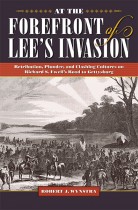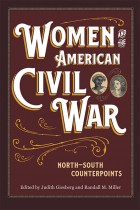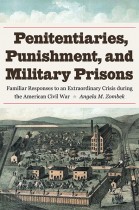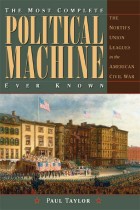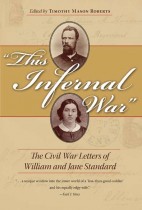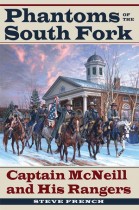Meade
John G. Selby | Filed under: Civil War Era, Civil War Soldiers and Strategies, Military History, U.S. History, Understanding Civil War History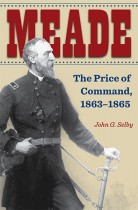
George Gordon Meade has not been treated kindly by history. Victorious at Gettysburg, the biggest battle of the American Civil War, Meade was the longest-serving commander of the Army of the Potomac, leading his army through the brutal Overland Campaign and on to the surrender of Robert E. Lee and the Army of Northern Virginia at Appomattox. Serving alongside his new superior, Ulysses S. Grant, in the last year of the war, his role has been overshadowed by the popular Grant. This first full-length study of Meade’s two-year tenure as commander of the Army of the Potomac brings him out of Grant’s shadow and into focus as one of the top three Union generals of the war.

